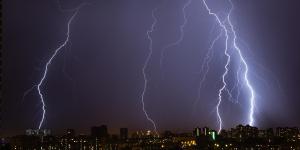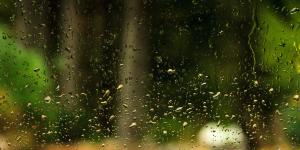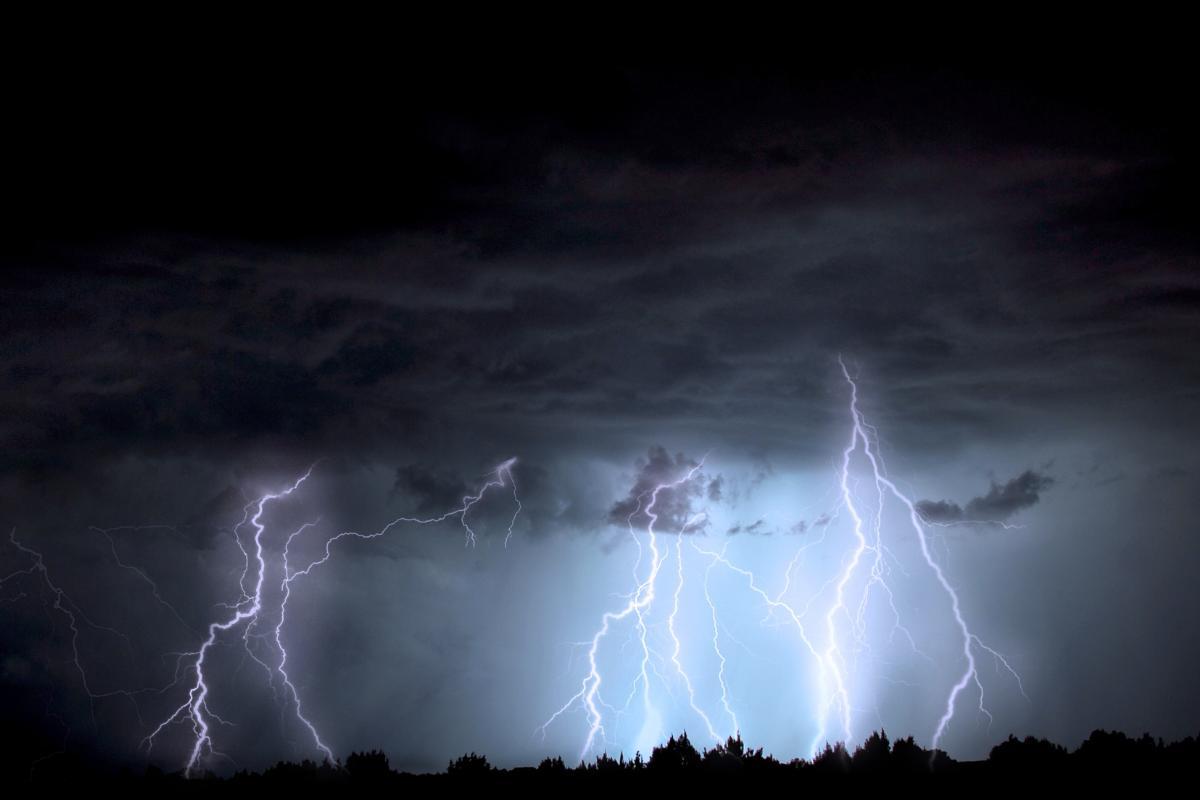What Are Dry Storms? - Lightning without Rain


Have you ever witnessed a dramatic lightning show, only to find not a single drop of rain? This phenomenon, known as a dry storm, might seem counterintuitive, but it's a surprisingly common occurrence in dry and hot regions. Unlike regular thunderstorms that bring rain, dry storms only tease the dry ground with the promise of water that evaporates before it hits the earth.
In this article by thedailyECO, we'll delve into the science behind dry storms, understand why they produce lightning but not rain, and uncover the potential dangers they pose.
What is a dry storm?
Dry thunderstorms, despite the presence of dramatic storm clouds and electrical activity, are a unique weather phenomenon that produces little to no rain at ground level. This is because any precipitation that forms (known as "virga") evaporates before reaching the Earth due to high temperatures and low humidity.
These storms are most common in arid and semi-arid regions. The hot, dry atmosphere acts like a sponge, readily soaking up any rain droplets before they have a chance to fall.
While dry thunderstorms may lack rain, they pose a significant threat. Firstly, lightning strikes from dry thunderstorms are a major cause of wildfires, especially in areas prone to dry vegetation. Also, these storms can produce powerful wind gusts, further fanning existing fires and creating dust storms that can reduce visibility and impact air quality.
Discover the power of wind in shaping landscapes with our article on sandstorm formation.

How does a dry storm form?
Dry storms form through a process similar to that of conventional storms but are influenced by specific conditions that prevent significant rainfall from reaching the ground. Let's explore the fascinating process behind the formation of a regular storm:
- Solar radiation warms the Earth's surface. This absorbed energy is then transferred to the air directly above it. As a result, the air near the ground warms, becoming less dense and begins to rise due to buoyancy.
- As the air rises further, the atmospheric pressure decreases, causing the air to expand and cool.
- When the rising air cools to its dew point, water vapor condenses into visible water droplets or ice crystals, forming clouds. Depending on atmospheric conditions, these can be cumulus clouds (fair-weather) or develop into towering cumulonimbus clouds associated with storms.
In contrast, in a typical storm, rising air collects moisture, leading to the formation of larger and denser clouds, resulting in significant precipitation. However, in some situations, the air below the cloud layer is extremely dry. Any precipitation formed within the cloud evaporates before reaching the ground, creating a phenomenon known as virga, which are visible streaks of falling precipitation that never reach the surface).
Even in dry storms, the updrafts and downdrafts within the cloud can cause the separation of electrical charges. This separation leads to the formation of lightning and thunder.
Dive deeper into the science of clouds and how do they form in our related article.

What are the risks of dry storms?
The consequences of a dry storm can be diverse and often dangerous, especially in arid and fire-prone regions. Here are some detailed impacts:
Forest fires
One of the most significant consequences of dry storms is the increased risk of wildfires. Lightning from these storms can easily ignite dry vegetation. The lack of moisture in the ground and air allows fires to spread rapidly, posing significant threats to wildlife, property, and human lives.
Reduced air quality
The strong winds associated with dry storms can stir up large amounts of dust and sand, creating dust storms. These storms reduce visibility and deteriorate air quality, leading to health issues, particularly for individuals with respiratory problems such as asthma or chronic obstructive pulmonary disease (COPD).
Damage to infrastructure
The intense winds and downdrafts from dry storms can cause substantial damage to buildings, power lines, and other infrastructure. This includes tearing off roofs, overturning vehicles, and uprooting trees. Such damage can lead to power outages, transportation disruptions, and significant repair costs.
Visibility and traffic problems
The dust storms generated by strong winds can drastically reduce visibility on roads, increasing the risk of traffic accidents. In some cases, visibility can drop to near zero within minutes, making driving extremely hazardous.
Water stress
In areas where water is already scarce, the lack of precipitation during a dry storm can worsen water stress. This affects agriculture, drinking water supplies, and other essential water uses, thereby exacerbating drought conditions.
Impact on agriculture
The combination of strong winds, dust, and lack of rain can severely impact crops. Dust can damage the delicate surfaces of plants, and the lack of water can prevent proper crop growth, leading to reduced agricultural productivity.
Soil erosion
Strong winds can blow away the topsoil, especially in regions with sparse vegetation. This process contributes to soil erosion, degrading the land's fertility and its ability to support plant life, leading to long-term environmental damage.
Health problems
Reduced air quality due to dust and particulate matter can lead to various health problems. People with asthma, chronic lung diseases, and other respiratory conditions are particularly vulnerable. Dust and allergens can trigger asthma attacks, allergies, and other respiratory conditions.
Before you head out, take some time to learn about the dangers of floods.
If you want to read similar articles to What Are Dry Storms? - Lightning without Rain, we recommend you visit our Meteorological phenomena category.







